Tangent
In trigonometry, the tangent of an angle in a right-angled triangle is a ratio of the length of the side opposite the angle to the length of the adjacent side. It is one of the fundamental trigonometric functions, often abbreviated as tan.
Definition
Given a right-angled triangle with an angle θ, the tangent of θ is defined as:
\[ \tan(\theta) = \frac{\text{Opposite side}}{\text{Adjacent side}} \]Trigonometric Identity
The tangent function is related to the sine and cosine functions through the following identity:
\[ \tan(\theta) = \frac{\sin(\theta)}{\cos(\theta)} \]Graph of Tangent Function
The graph of the tangent function is a periodic function with vertical asymptotes at odd multiples of π/2. It repeats every π radians and has a period of π. The graph increases towards positive or negative infinity as it approaches these asymptotes.
Applications
The tangent function has numerous applications in various fields, including physics, engineering, and architecture. It is used to solve problems involving angles and distances, such as calculating the height of a building, determining slopes, and analyzing oscillatory motion.
Study Guide
- Understand the definition of the tangent function as the ratio of the opposite side to the adjacent side in a right-angled triangle.
- Learn the trigonometric identity relating the tangent function to the sine and cosine functions.
- Practice graphing the tangent function and identifying its key features, such as asymptotes and periodic behavior.
- Explore real-world applications of the tangent function and practice solving problems involving angles and distances.
◂Math Worksheets and Study Guides Eighth Grade. Three dimensional geometry/Measurement
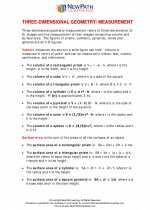
 Worksheet/Answer key
Worksheet/Answer key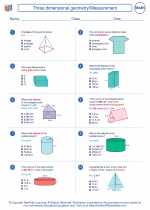
 Worksheet/Answer key
Worksheet/Answer key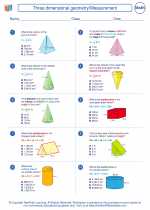
 Worksheet/Answer key
Worksheet/Answer key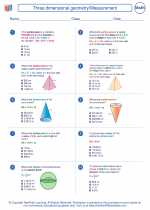
 Worksheet/Answer key
Worksheet/Answer key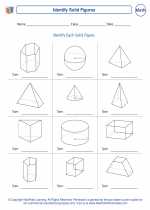
 Worksheet/Answer key
Worksheet/Answer key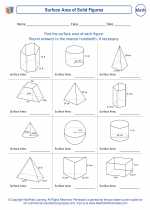
 Worksheet/Answer key
Worksheet/Answer key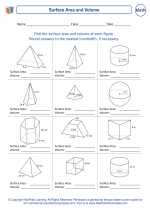
 Worksheet/Answer key
Worksheet/Answer key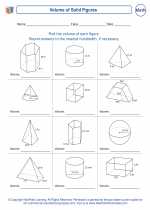
 Worksheet/Answer key
Worksheet/Answer key
 Worksheet/Answer key
Worksheet/Answer key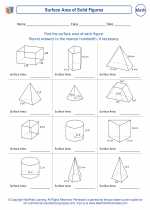
 Worksheet/Answer key
Worksheet/Answer key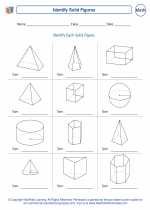
 Worksheet/Answer key
Worksheet/Answer key
